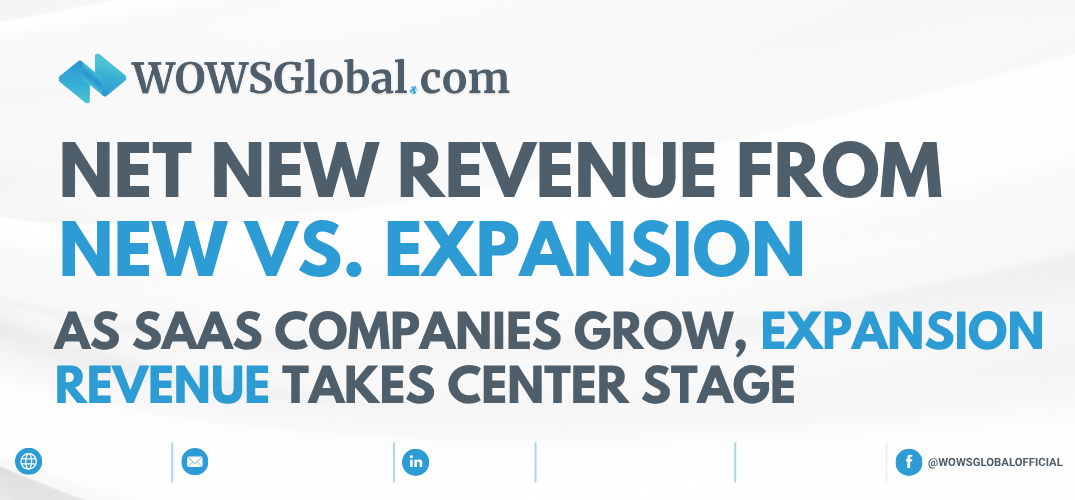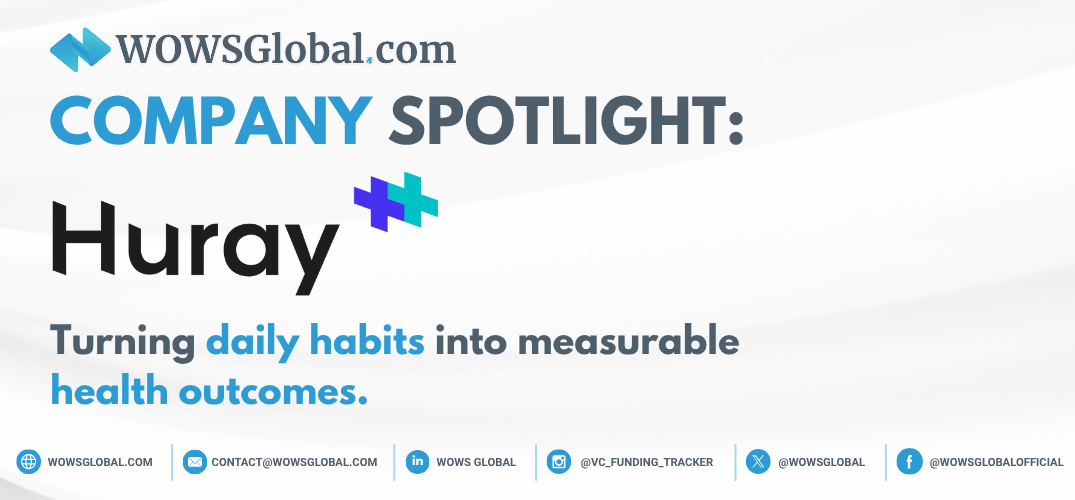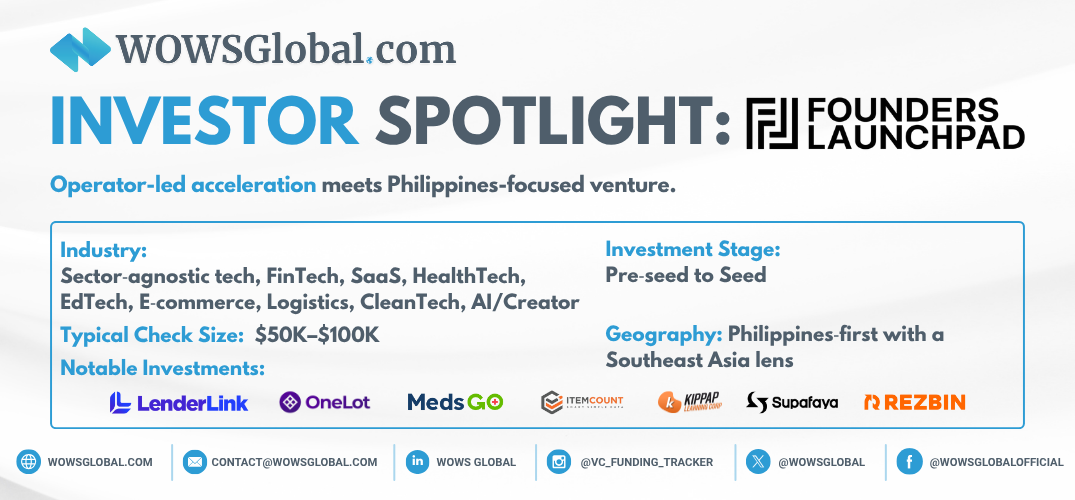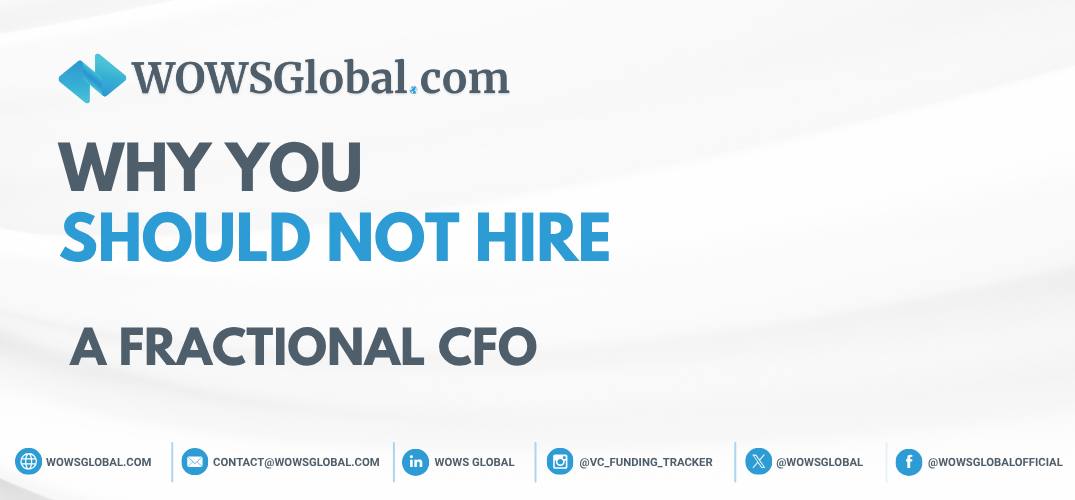NET NEW REVENUE FROM NEW VS. EXPANSION
SaaS AI Startups AI in Southeast Asia SEA 3 Minutes

As SaaS Companies Grow, Expansion Revenue Takes Center Stage
A new snapshot of SaaS performance shows a consistent, and consequential, shift in how software companies generate revenue as they scale. According to the 2024 SaaS Benchmarks Report by High Alpha, smaller SaaS businesses rely overwhelmingly on new customer acquisition, while larger, more mature companies lean far more on revenue expansion from existing customers.
The headline shift
High Alpha’s data tracks the split between new ARR vs. expansion ARR across company sizes. For companies with less than $1M in ARR, a striking 90% of revenue typically comes from new customers, with only 10% from expansion. That mix changes steadily as ARR rises:
-
$1–5M ARR: ~75% new / 25% expansion
-
$5–20M ARR: ~77% new / 29% expansion
-
$20–50M ARR: 65% new / 35% expansion
-
Greater than $50M ARR: 65% new / 35% expansion
The takeaway is clear: once companies cross roughly the $20M ARR threshold, about 35% of total ARR at the median comes from existing customers, upsells, cross-sells, seat growth, usage, and pricing/packaging effects. For leaders managing later-stage growth, expansion is not a nice-to-have lever; it’s a central growth engine.
(Source: 2024 SaaS Benchmarks Report by High Alpha.)
Why the mix changes with scale
Several operational realities drive this pattern:
-
Market penetration and CAC pressure. As companies grow, they’ve often tapped the “easiest” segments of their market. New-logo acquisition becomes more expensive, and payback periods lengthen. Expansion, selling more to customers who already trust the product, offers a more efficient route to durable growth.
-
Product maturity and breadth. Mature companies typically launch additional modules, tiers, and integrations. That creates natural cross-sell paths and increases the surface area for usage-based growth.
-
Customer success as a growth function. Larger organizations are more likely to have dedicated customer success, revenue operations, and lifecycle marketing teams. Those functions professionalize onboarding, drive adoption, and systematize expansion motions.
-
Pricing power. With stronger product-market fit and clearer ROI, later-stage companies can more confidently introduce packaging changes and value-based pricing, lifting net revenue retention (NRR).
What this means for operators at each stage
Early-stage (<$5M ARR):
Keep the main thing the main thing: new logos. The benchmark suggests most revenue will come from new customers, so founders should prioritize pipeline generation, repeatable sales process, and crisp ICP definition. That said, stand up the basics of customer success early, implementation speed and activation are leading indicators for future expansion.
Growth-stage ($5–20M ARR):
This is the transition zone. Expansion begins to matter, approaching 25–29% of ARR in the median case. Invest in product telemetry, health scoring, and structured QBRs. Ensure packaging and entitlements create clear ladders for customers to climb. Start tracking NRR and GRR with the same rigor as new ARR.
Later-stage ($20M+ ARR):
With ~35% of ARR from existing customers at the median, expansion becomes a pillar. Mature teams weave together CS, sales, product, and finance around expansion targets: upsell quotas, adoption milestones, and cohort-based NRR goals. Pricing and packaging reviews become annual rituals, ideally supported by willingness-to-pay research and usage analysis.
Metrics that matter
-
Net Revenue Retention (NRR): A composite metric capturing expansion, contraction, and churn. Best-in-class SaaS at scale often targets NRR ≥ 120% (sector- and pricing-model-dependent).
-
Expansion ARR Ratio: Track expansion as a share of total ARR to benchmark against peers and spot motion gaps.
-
Time-to-Value and Adoption: Leading indicators for future expansion; shorten onboarding, instrument activation, and celebrate early “aha” moments.
Strategic implications
For boards and finance leaders, this benchmark pattern affects planning. Pipelines and budgets that overweight new logos at later stages can misallocate go-to-market spend. Conversely, underfunding customer success, lifecycle marketing, and data infrastructure can cap expansion potential. The steady climb from 10% to 35% expansion ARR, as ARR grows, underscores the need to design for expansion early, even if it won’t dominate the P&L until later.
If your 2025 plan leans on expansion ARR, let’s make it deliberate. Book a short intro call and pressure-test your growth strategy with us.
Related Posts
-

Southeast Asia Healthcare hospitality tech SEA 4 Minutes
Huray: The Insurer-Integrated Chronic Care Platform to Watch
Huray builds payer-integrated digital programs for chronic diseases, combining connected devices, coaching, and clinician-backed pathways. With distribution through major insurers and a focus on measurable outcomes, the company is poised to scale across Asia’s rapidly evolving health-care landscape. -

SaaS HealthTech Southeast Asia SEA Fintech 6 Minutes
Founders Launchpad: Accelerating the Philippines’ next wave of startups
Founders Launchpad blends capital with hands-on operating support to turn early insights into traction. See why investors are watching this PH pre-seed powerhouse. -

CFO Fractional CFO Southeast Asia SEA Cashflow 4 Minutes
Why You Should Not Hire a Fractional CFO
Fractional CFOs can transform a business, but only if founders are engaged, open to challenge, and aiming for scale. This piece breaks down when not to hire one, and outlines how to partner effectively when you do, from strategic involvement and driver-based models to cash discipline and investor-ready reporting. -

VC SEA Startups Southeast Asia Early Stage 5 Minutes
Ansible Ventures: Backing Vietnam’s Next Generation of Builders
Ansible Ventures is a Vietnam-first, early-stage VC backing software-first founders at pre-seed to pre-Series A. See their thesis, notable bets, and how WOWS can connect you via warm, qualified introductions. -

VC SaaS AI SEA AI in Southeast Asia 2 Minutes
The Great VC Divide: How AI Is Shaping Southeast Asia’s Next Wave
SEA’s funding has cooled, but AI and SaaS are heating up. Investors are prioritizing profitability, PMF, and global revenue, signaling a more disciplined, durable cycle. -

FoodTech Health Bangkok SEA 2 Minutes
GetFresh: Thailand's Fastest Growing Health Food Brand
GetFresh is turning healthy eating into a daily habit in Bangkok. With farm-first sourcing, a multi-channel model (dine-in, delivery, meal plans, catering), and growing B2B traction, the Anchit Sachdev and Sid Sehgal-led team is building a defensible better-for-you platform poised for disciplined expansion across Thailand and select SEA metros.
